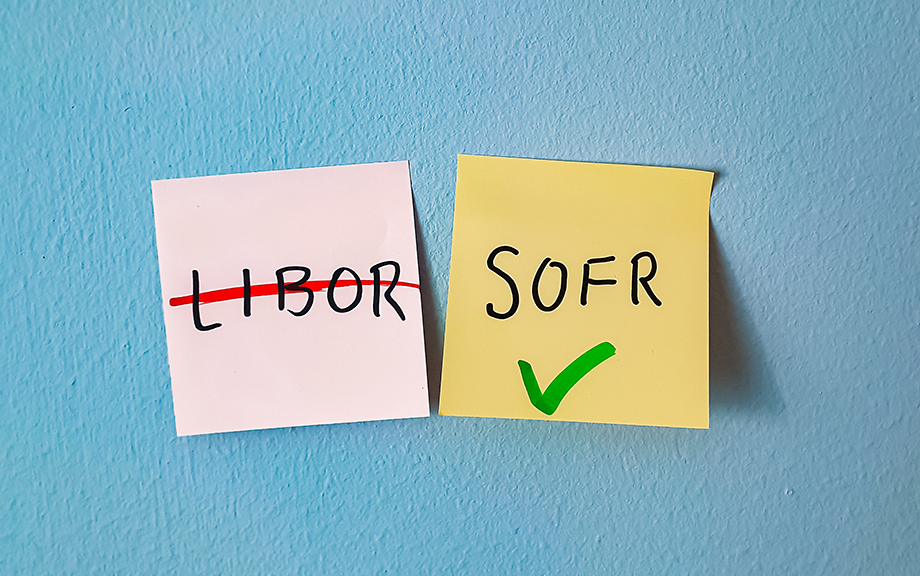How the LIBOR Transition Affects the Supply of Revolving Credit

In the United States, most commercial and industrial (C&I) lending takes the form of revolving lines of credit, known as revolvers or credit lines. For decades, like other U.S. C&I loans, credit lines were typically indexed to the London Interbank Offered Rate (LIBOR). However, since 2022, the U.S. and other developed-market economies have transitioned from credit-sensitive reference rates such as LIBOR to new risk-free rates, including the Secured Overnight Financing Rate (SOFR). This post, based on a recent New York Fed Staff Report, explores how the provision of revolving credit is likely to change as a result of the transition to a new reference rate.
Did the Fed’s Term Auction Facility Work?
We argue that the Fed’s Term Auction Facility (TAF), introduced in December 2007, lowered the cost of borrowing of banks in the market during the recent financial crisis.










 RSS Feed
RSS Feed Follow Liberty Street Economics
Follow Liberty Street Economics